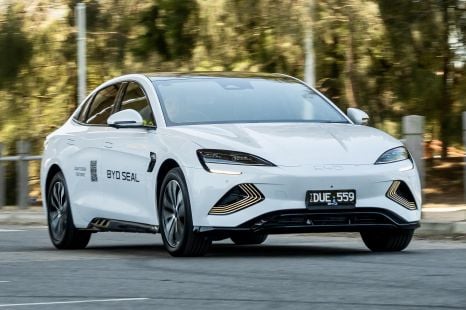

Max Davies
2026 BYD Seal review
5 Days Ago
The EV6 is a statement of intent from Kia. It's a worthy flagship, and shows there's plenty to look forward to as its next-generation electric cars roll out.
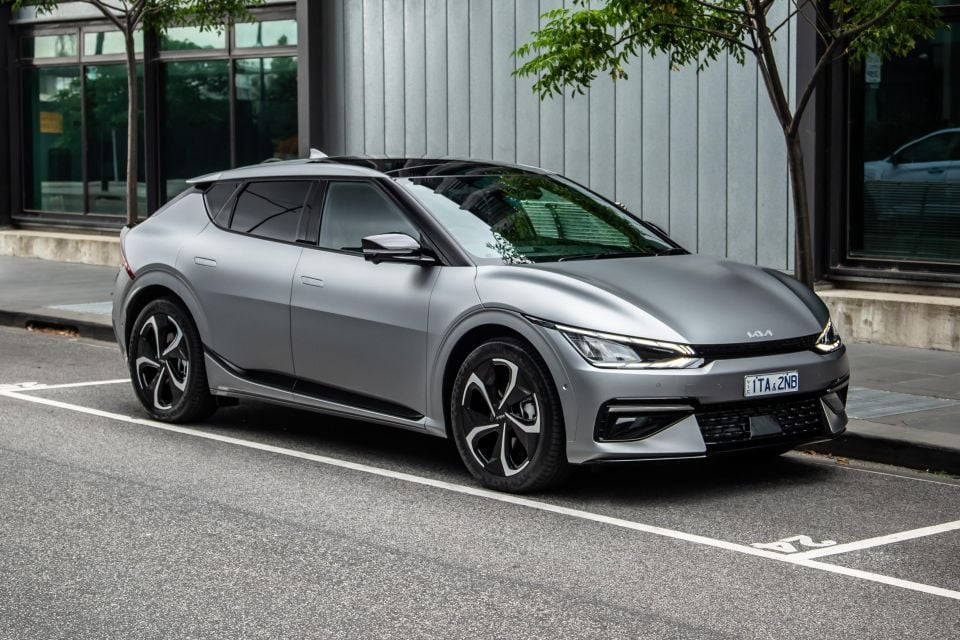
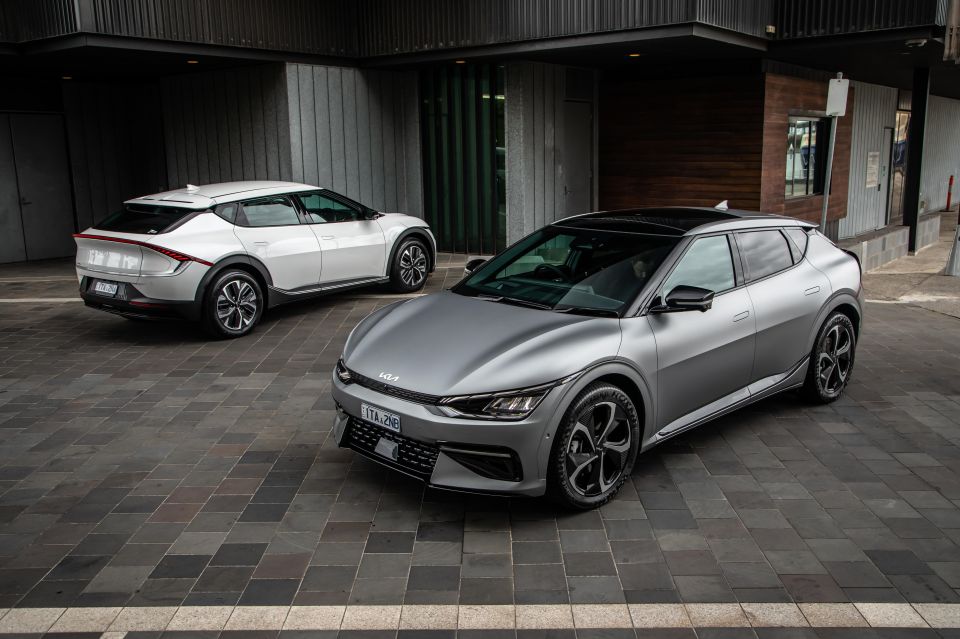

Quickly see how this car stacks up against its competition. Select any benchmark to see more details.
Where expert car reviews meet expert car buying – CarExpert gives you trusted advice, personalised service and real savings on your next new car.
After almost 12 months worth of overseas reviews, and what feels like months worth of local television ads, the Kia EV6 has touched down in Australia.
To say it’s a big deal for Kia would be a massive understatement. Although supply is very tight, it represents the start of a new era for the brand; an era built on the same e-GMP electric platform Hyundai is using beneath its Ioniq range.
It’s the most expensive Kia money can buy in Australia, and effectively replaces the more old-fashioned Stinger as an image-building, perception-changing flagship.
Not only does it go head-to-head with the mechanically (or should that be electronically) similar Hyundai Ioniq 5, the EV6 will take on the Model Y when Tesla eventually starts delivering it Down Under.
Three versions are offered in Australia, starting withe single-motor Air and topping out with the dual-motor GT-Line. The GT-Line RWD and AWD models are expected to account for 80 per cent of sales between them at launch, proving this is a Kia for which people are willing to pay big bucks.
They’re onto a good thing, too. The EV6 is a serious statement of intent from Kia.

The Kia EV6 kicks off at $67,990 before on-roads, putting it between the Tesla Model 3 and Model 3 Long Range ($59,900 and $73,200 before on-roads respectively) based on price. It also sneaks in beneath the equivalent Hyundai Ioniq 5 2WD ($71,900).
The mid-range GT-Line RWD is $7000 more expensive than the entry-level Air, and is $2000 more than the range-topping dual-motor Hyundai Ioniq 5.
Finally, the range-topping GT-Line AWD is aligned neatly with the Polestar 2 Long Range Dual Motor that’s been optioned up (like our first test car), and narrowly undercuts the Tesla Model 3 Performance.
2022 Kia EV6 pricing:
All prices exclude on-road costs
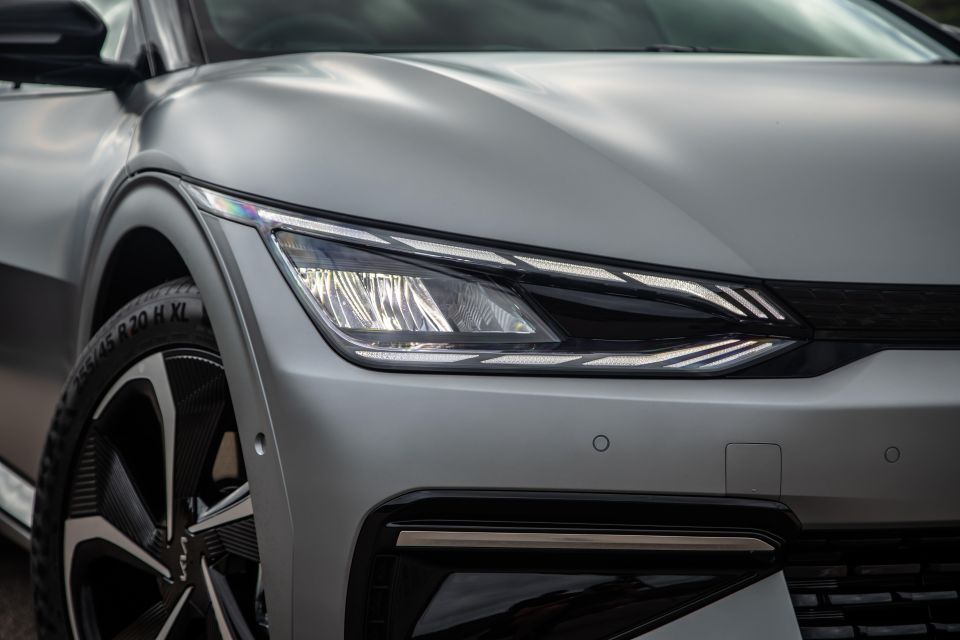
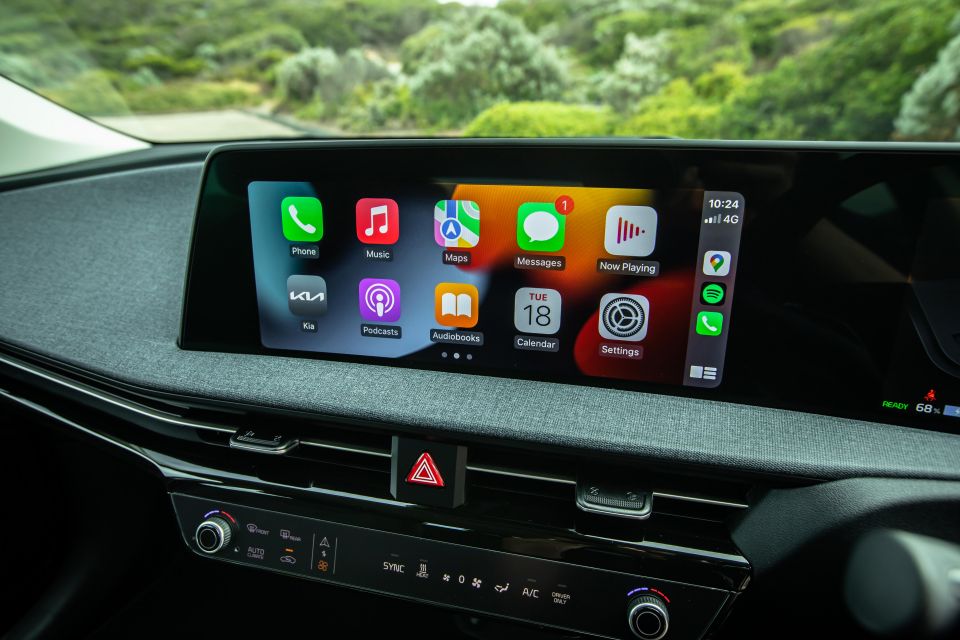
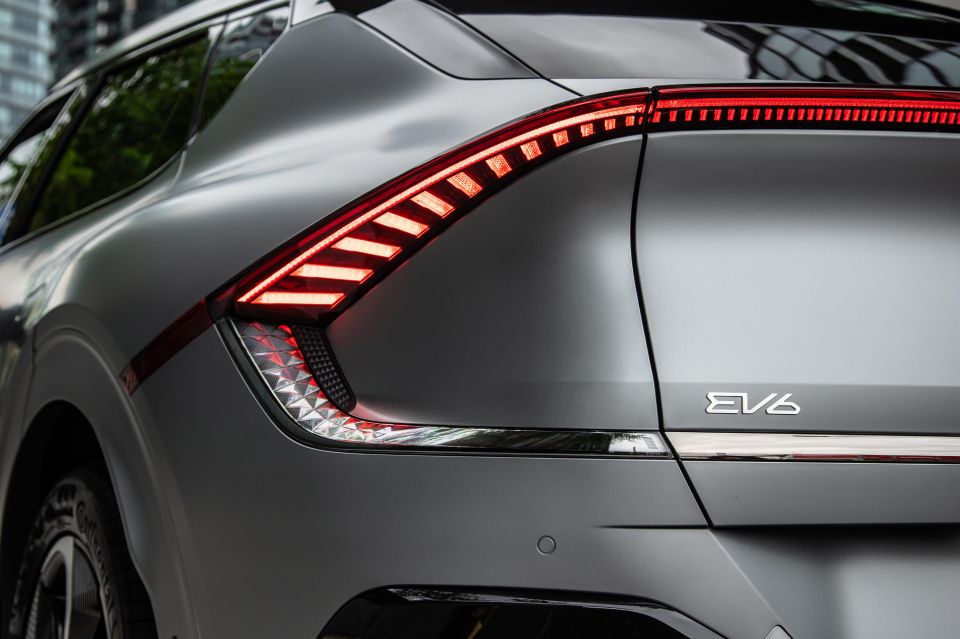
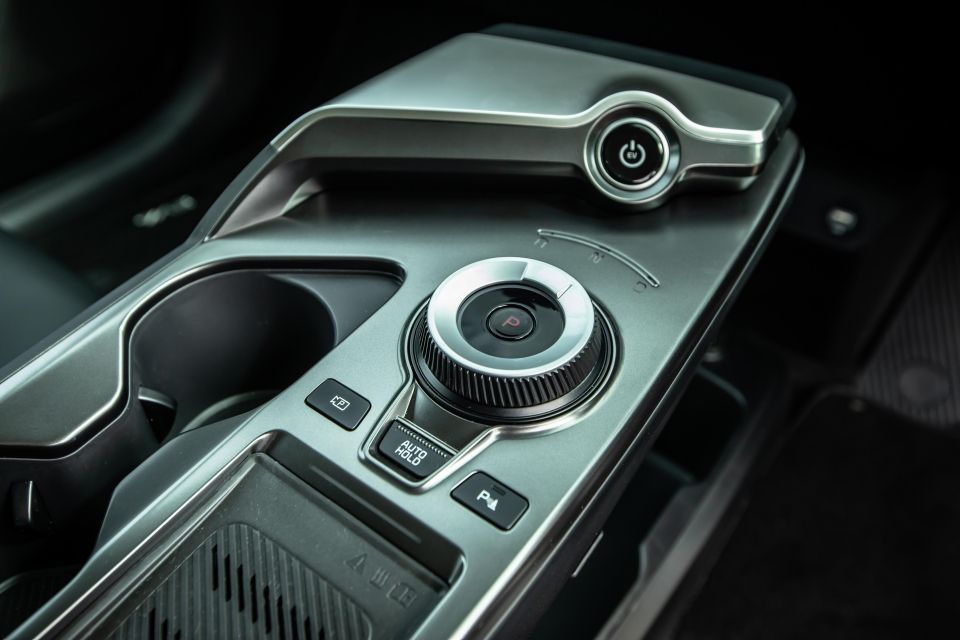
Buy your new car without the stress. It's fast, simple and completely free.

Great service from Travis and team, second time I have used this business would not hesitate to recommend them to anyone
Craig C.
Purchased a Ford Ranger in Sunshine Coast, QLD
CarExpert helped Craig save thousands on his Ford Ranger, now let us save you on your next new car.
Find a dealEV6 Air highlights:
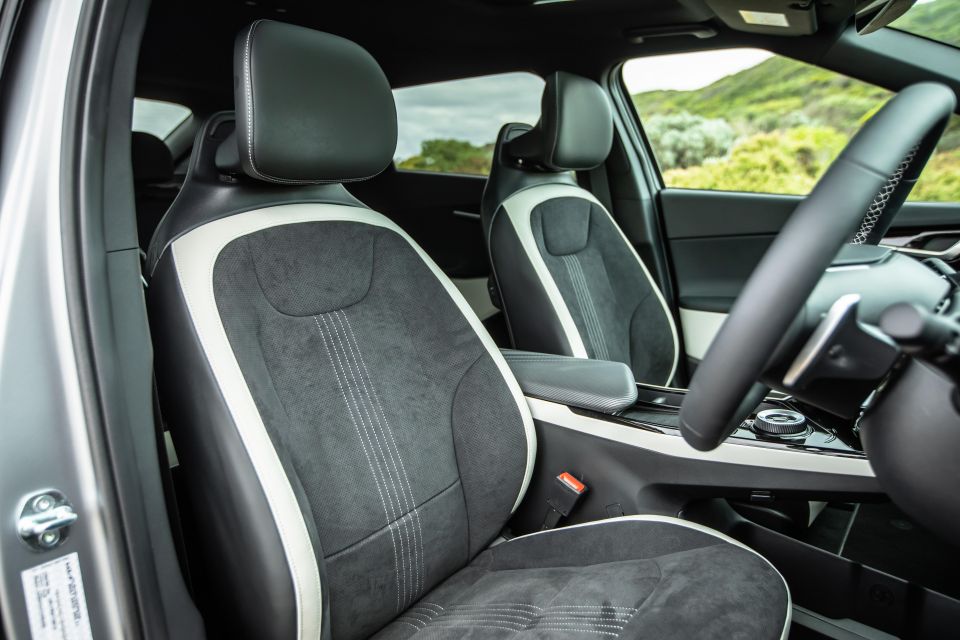

EV6 GT-Line gains:
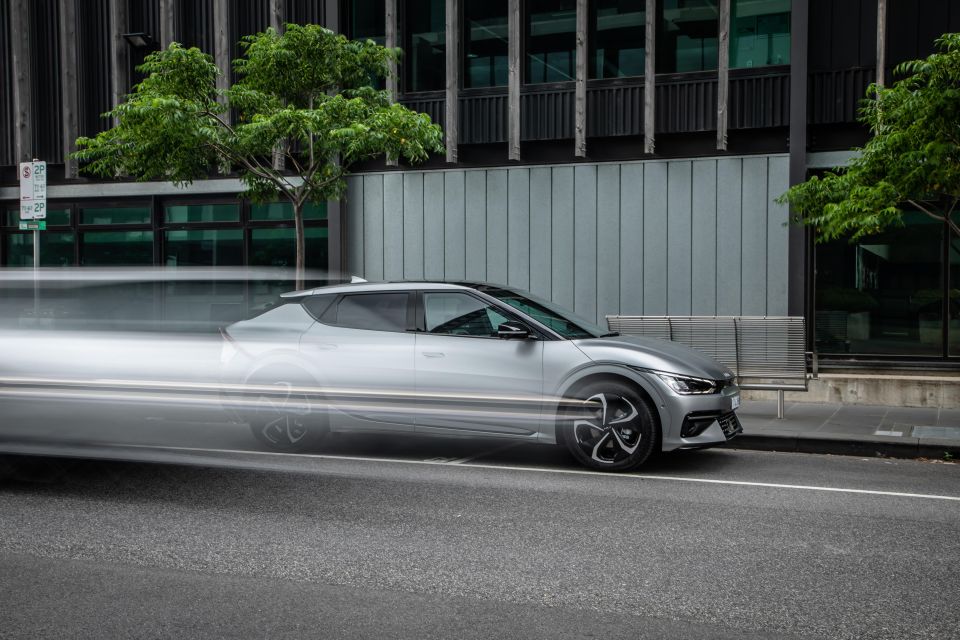
The Kia EV6 hasn’t been crashed by ANCAP or Euro NCAP.
According to Kia, Euro NCAP is planning to crash test the EV6 during the second quarter of 2022, and the company will apply to have the score carried over to ANCAP’s local ratings system.
The Kia EV6 will come standard with the following:
EV6 GT-Line models add:
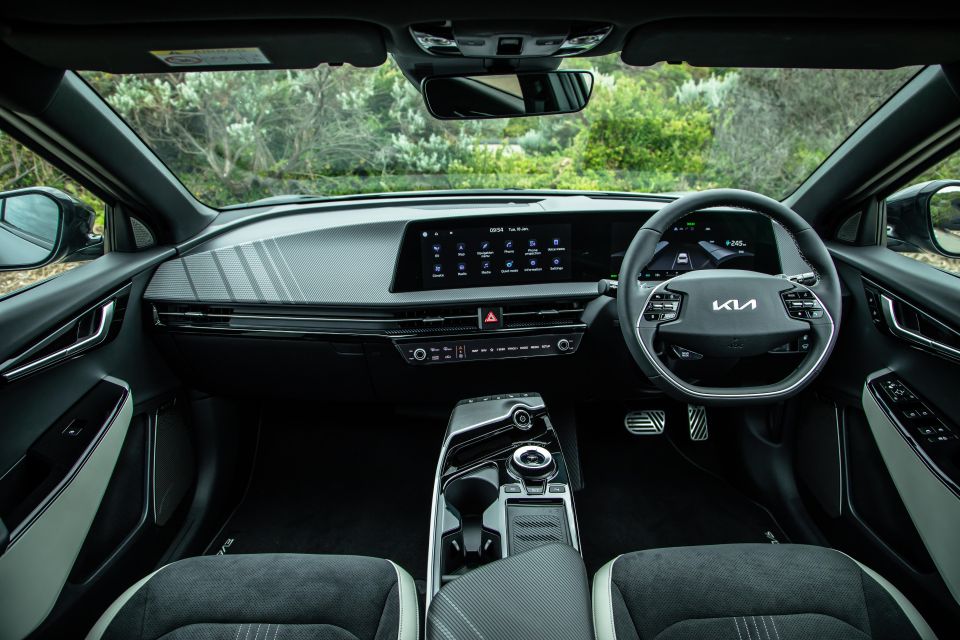
Regardless of which model you opt for, the EV6 features an interesting interior design and loads of standard equipment. It’s a sporty cabin which shares some of its bits with the Sportage, but has a look and feel of its own.
Although the seats in the base Air are fine– they’re well bolstered, and offer enough manual adjustment for taller drivers to get comfortable – the powered Zero Gravity seats in the GT-Line are a highlight.
The way the backrest and bases pivot as one piece allows you to tune how you sit, and they offer unparalleled levels of under-thigh support for longer drives. Like in the Hyundai Ioniq 5, you’re able to recline them like a business class bed and have a nap when you’re charging.
Both models feel quite upmarket inside, but the materials in the GT-Line are nicer, and the black-and-white trim bits liven things up. The Air doesn’t disappoint, but it’s easy to see why you’d pick its more expensive range-mates after experiencing them back-to-back.
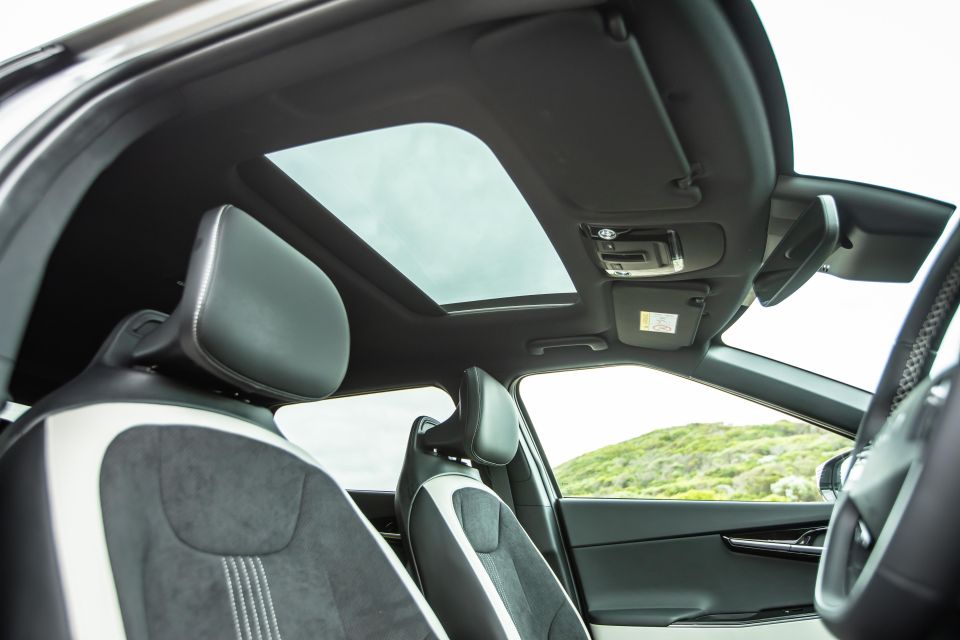
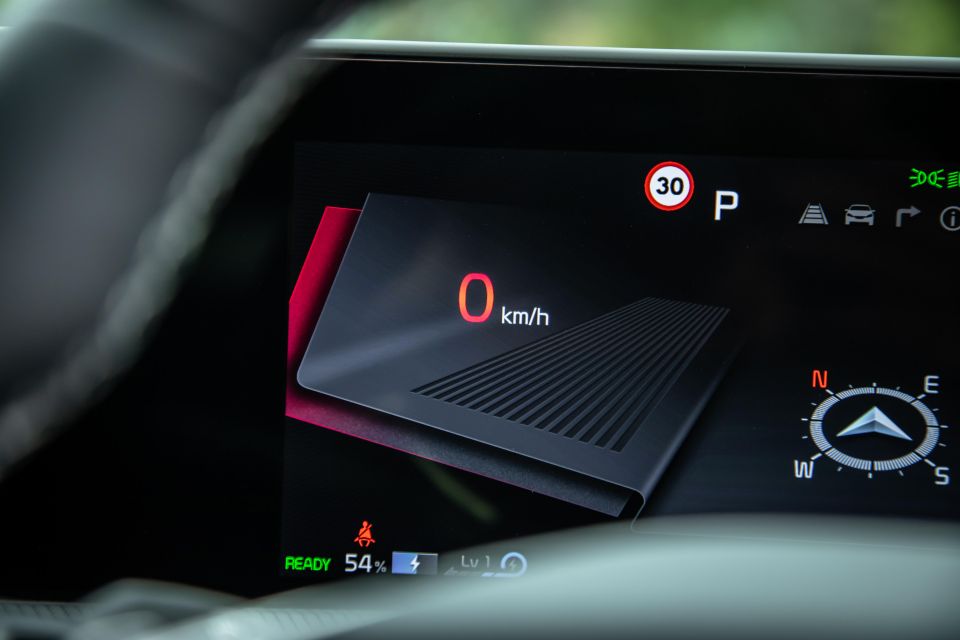
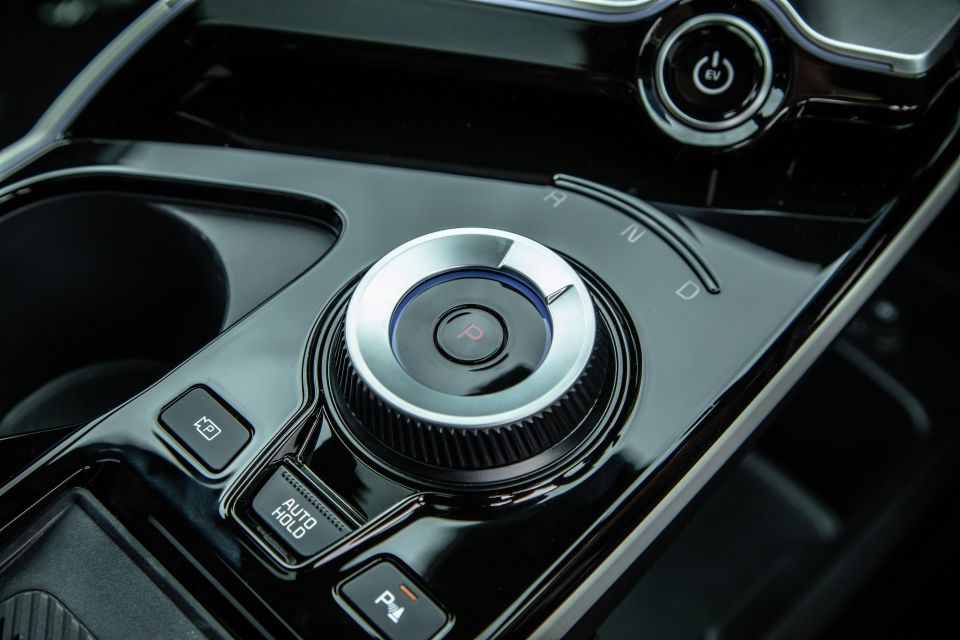
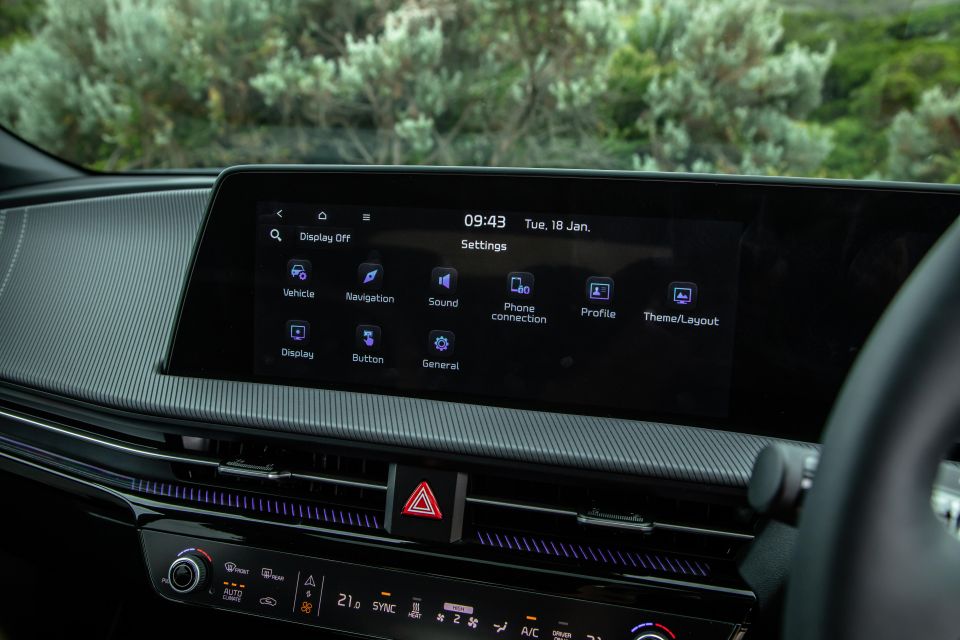
Sitting atop the wing-shaped floating dashboard is a beautifully curved, dual-screen infotainment setup. The central touchscreen will be familiar to anyone who’s driven a modern Sorento or Sportage, and comes with a full feature list.
The responses are quick, the graphics are pretty, and it’s not hard to navigate thanks to the row of function buttons sitting below the screen on a slim, matte touchscreen. That display doubles as your climate controls; a clever touch that allowed the designers to keep a clean look without sacrificing functionality.
It’s a shame Kia and Hyundai still aren’t offering wireless smartphone mirroring in their flagship infotainment system, and stands out more in a tech-forward car like the EV6. Also missing is app connectivity; although Kia is rolling out connected services on all mid-life updates and new cars after the Niro, the EV6 missed the cut.
The wireless phone charging pad under the armrest is handy, and there’s an abundance of USB-A and USB-C ports for both front and rear passengers. With a proper three-pin plug under the rear seats, you’re even able to plug in a laptop.
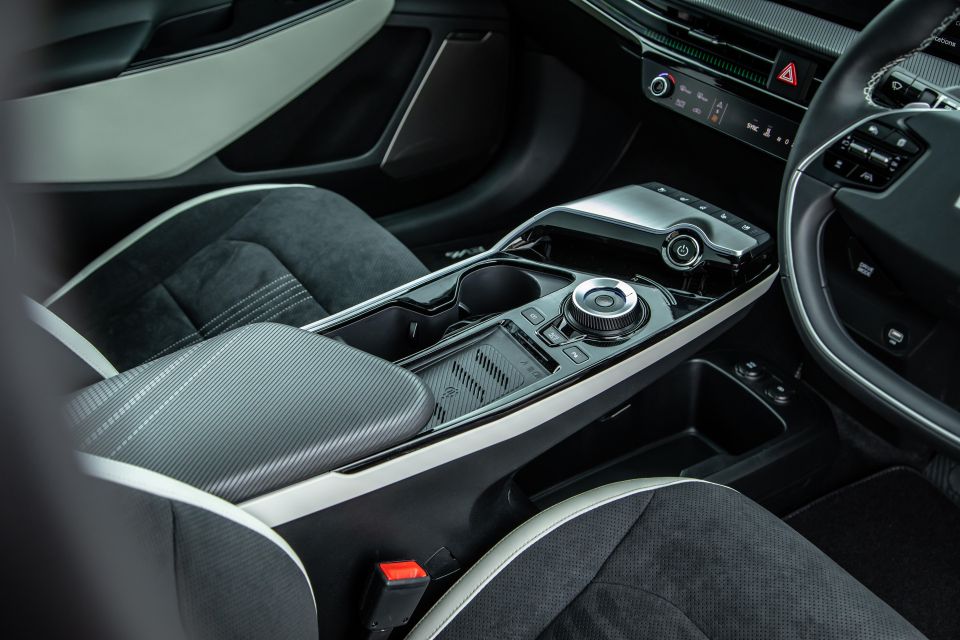
You’re not going to be short of places to store stuff. One of the benefits of the e-GMP platform is the flat floor and absence of a transmission tunnel, which means you’ll get a handbag (or in my case, laptop and notebooks) in the bin between the front seats.
There’s also a spacious underarm bin, two coffee-friendly cupholders, and bottle-shaped cutouts in the doors.
Rear seat space is a bit of a mixed bag. Legroom is excellent thanks to the Hyundai Palisade-bothering wheelbase, and headroom is better than you’d expect of a car with a sloping, style-focused roofline. The floor is quite high though, so longer-legged passengers will feel like their knees are around their ears.
It’s fine for kids and normal-sized people, and it’s far from a deal-breaker if you’re tall, but it shows some compromises were made in the pursuit of style.

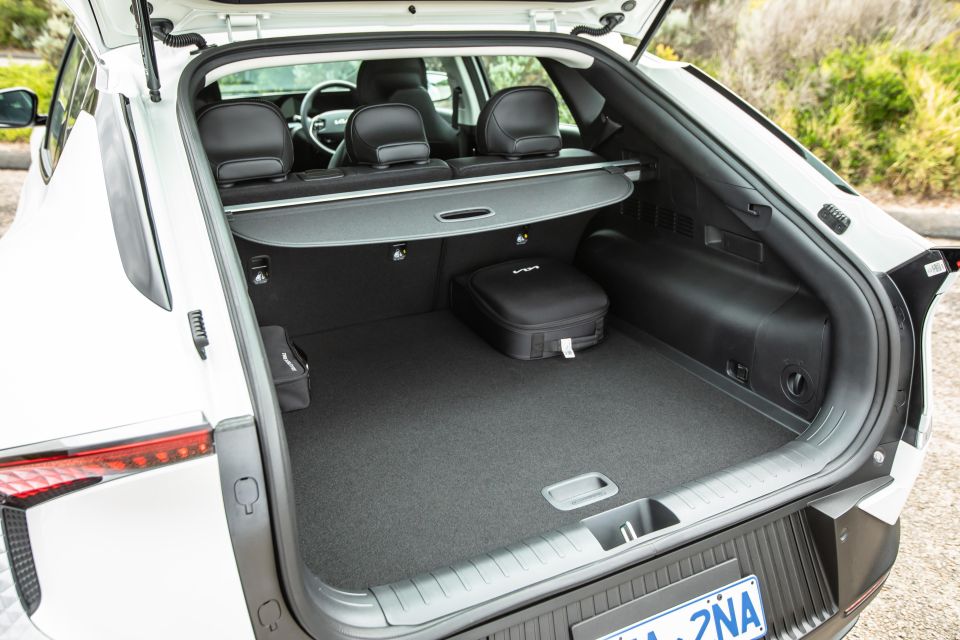

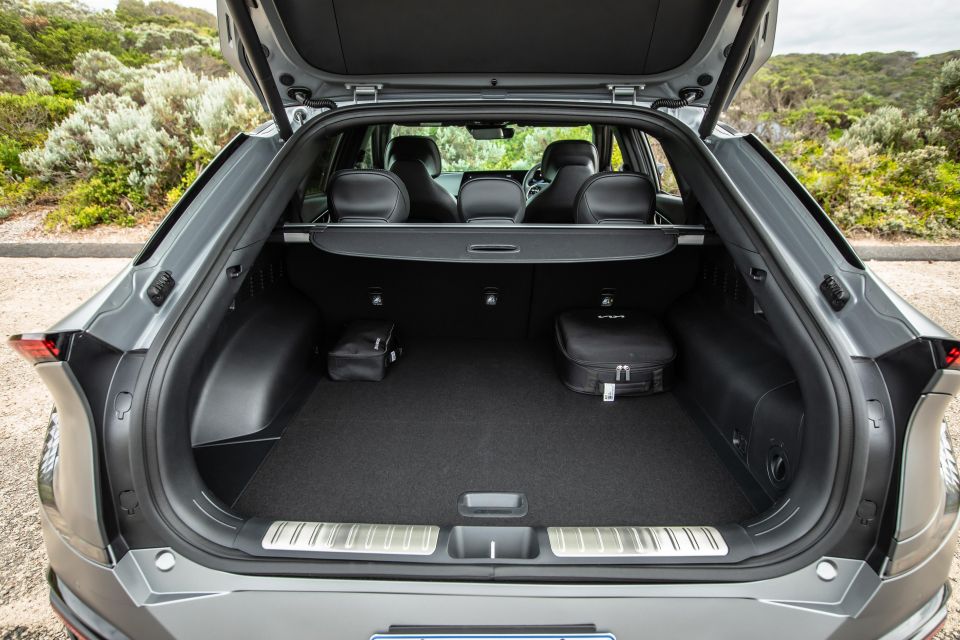
At first glance it looks like there are no air vents or USB chargers, because the back of the central island is empty. Look further though, and you’ll find USB-C plugs on the side of the front seats and air vents in the pillars ahead of the doors.
Boot space is good, but not great. You get 490 litres of space in the boot of the Air, and 480L in GT-Line models because of the Meridian sound system’s subwoofer under the floor.
Although you’ll get plenty of shopping back there, the roofline eats into space – as was the case in the Ioniq 5. It’s also a shame the e-GMP cars we’ve seen so far lack the front boot you get in a Tesla.
Even the rear-wheel drive EV6 has just 50L of space under the bonnet, which is enough for your cables but not much else.
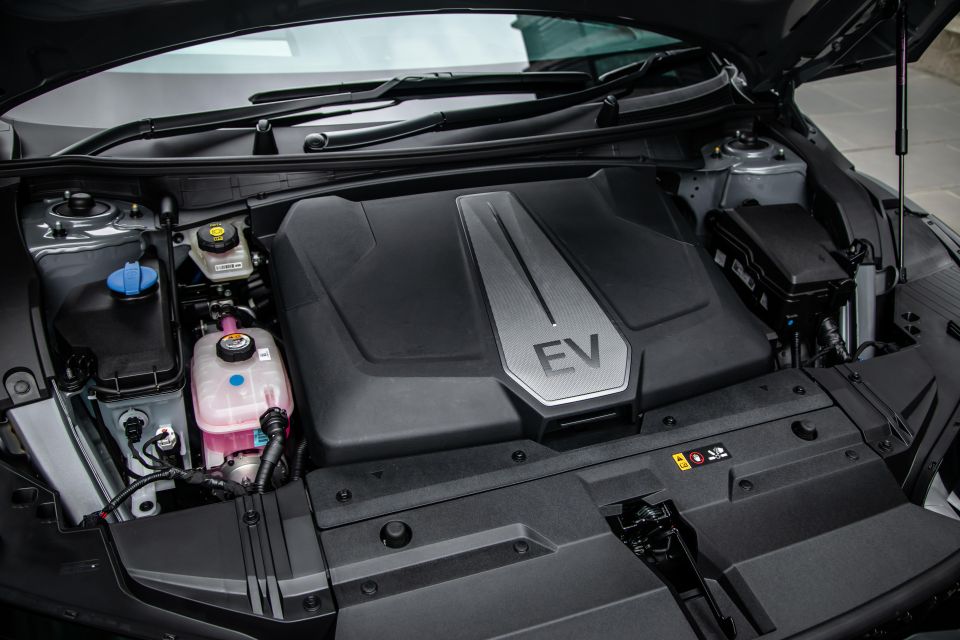
All Kia EV6 models in Australia feature a 77.4kWh lithium-ion battery pack, rather than the 58kWh battery that’s standard on lower-end cars overseas.
Rear-wheel drive models are powered by a 168kW and 350Nm motor mounted on the rear axle, good for a 7.3-second sprint to 100km/h.
Claimed range in the base EV6 Air is 528km, while the bigger wheels on the GT-Line mean you’ll only get 504km from a charge.
The range-topping GT-Line AWD features a motor on both axles for a combined 239kW of power and 605Nm of torque. The 100km/h sprint takes 5.2 seconds, and claimed range is 484km.
Thanks to the 800V technology baked into the e-GMP platform, the EV6 can fast charge at 350kW. Kia says it’s able to charge from 10 to 80 per cent in as little as 18 minutes when you’re plugged into an ultra-rapid DC public charger.
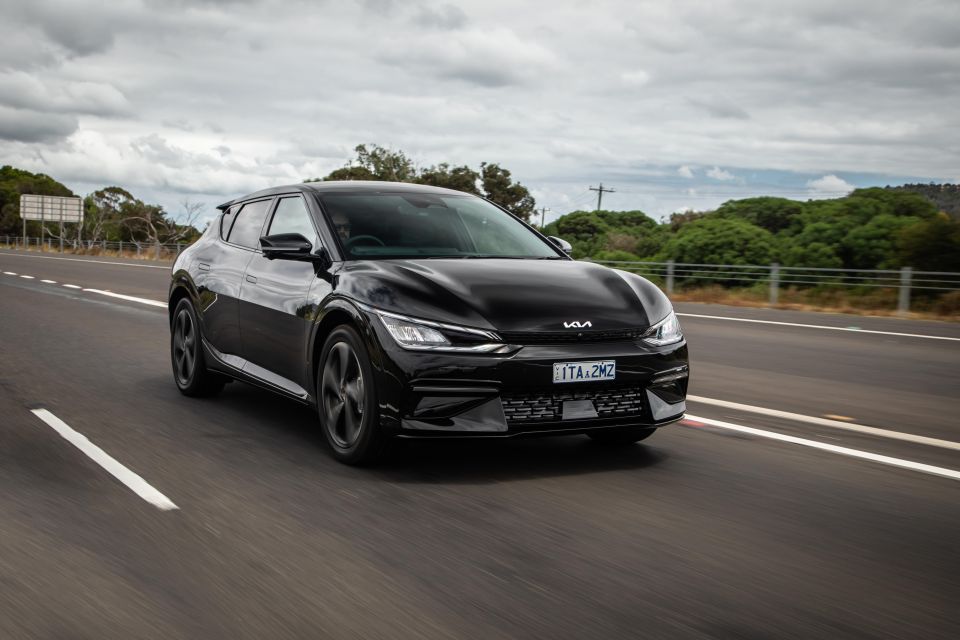
Kia has struck a very impressive balance with the EV6. On the one hand, it feels sportier than any 2.1-tonne SUV really needs to… and on the other, it still feels comfortable on some pretty average Australian backroads.
Australia’s suspension tune sits somewhere between the ultra-soft Korean and uber-firm European setups, and the car rides on frequency selective dampers designed to offer a relaxed ride when you’re cruising, but without sacrificing that last degree of body control when the car is tipped into a corner.
Most of our driving was on the highway, where the EV6 is a relaxed and quiet cruiser. Even at 100km/h on average Canberra backroads there’s not too much roar from the tyres, and it doesn’t crash or bash over nasty road surfaces.
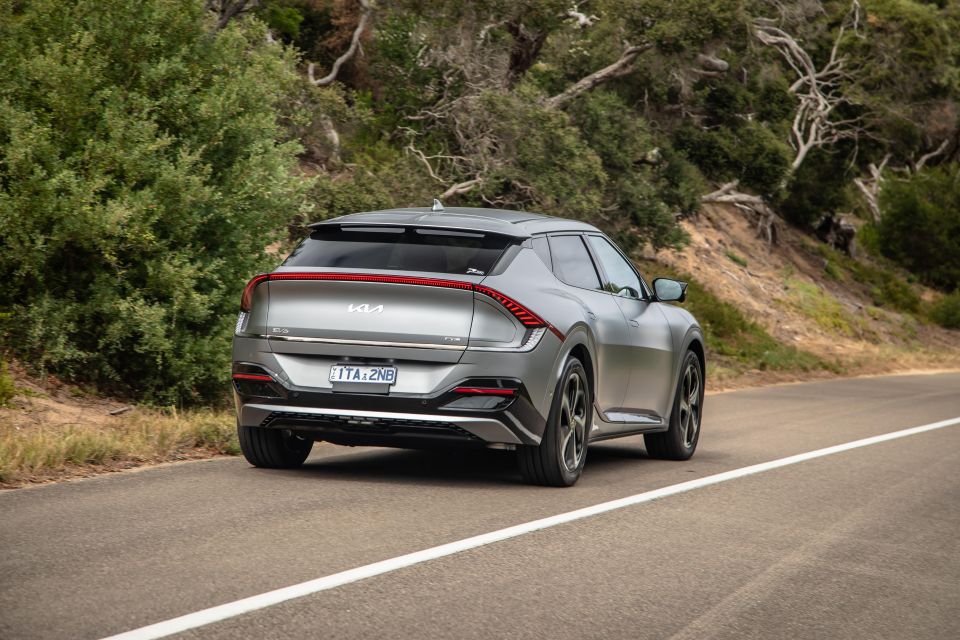
It’s also well tied-down over crests and dips. It still occasionally takes a couple of movements to settle down, but you don’t get the same disconcerting floaty feeling present in the Ioniq 5 at speed. You feel its heft, but it’s kept in check better than is the case in some electric cars.
The difference between the two powertrains is smaller than you might expect. The single-motor won’t blow you away like some electric cars off the mark, but it still offers silky-smooth thrust from standstill, and the way it picks up at 60km/h puts combustion-engined cars in the shade.
As you’d expect, the dual-motor packs a stronger punch off the mark. It pushes you back in the seat and the pressure on your chest sticks around longer, and the response when you mat the accelerator at 60km/h is noticeably stronger.
Maybe we’ve just been conditioned to expect face-melting performance from all-wheel drive electric cars, but the AWD didn’t have quite the in-your-face shove I was expecting. It’s easy to understand the appeal of AWD, and the extra performance is nice to have, but the rear-wheel drive has more than enough punch for most situations.
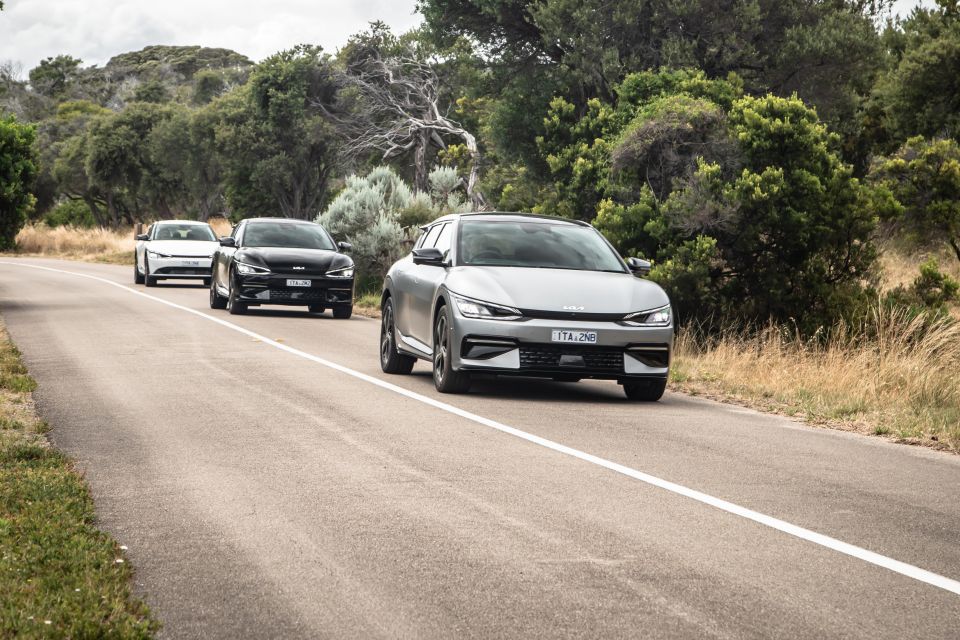
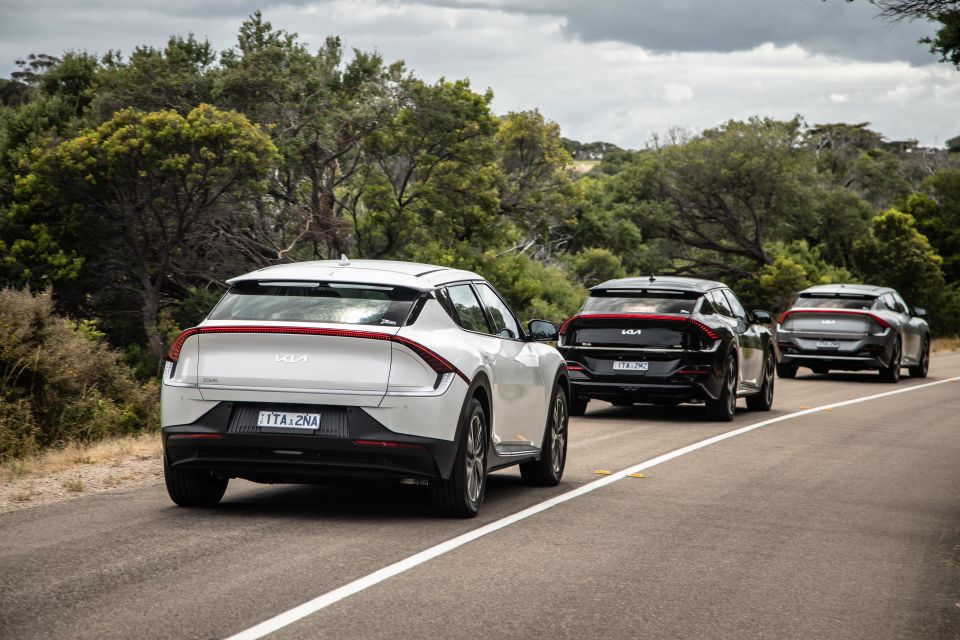
If you’re in a real hurry, it might be worth waiting for the full-on EV6 GT to touch down.
Tipped into a corner, the EV6 feels more tied down than its Hyundai platform-mate. The steering is light and quite quick for such a big car and, provided you respect its weight, you’re able to thread it through twisty roads with some confidence.
There’s plenty of grip, and with the adaptive brake regeneration locked into its most aggressive mode (which you have to activate manually every time the car starts) it’s possible to get into a nice rhythm on flowing country roads without ever touching the brake.
Getting out of a corner is never a problem thanks to all the torque on offer. You can just point and shoot, and flicking into Sport means you get more thrust for less throttle. It doesn’t transform the car, but it does make it feel more eager, like it’s pulling at the chain.
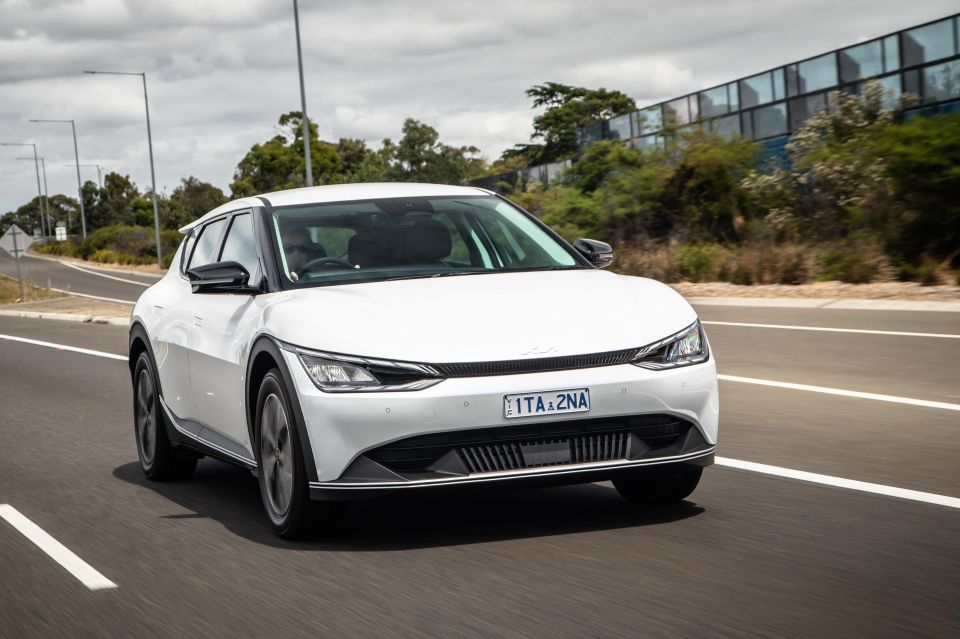
Where expert car reviews meet expert car buying – CarExpert gives you trusted advice, personalised service and real savings on your next new car.
The brake pedal is well-tuned if you do need to go near it. It’s easy enough to modulate, and doesn’t have that rubbery feeling you get from some electric cars.
The transition from regenerative to mechanical braking is smooth, although the way the regen cuts out at around 10km/h in all but the most aggressive setup makes coming to a seamless stop tricky to start with.
Final impressions on how the EV6 drives in the city will have to wait, because most of our driving was on open country highways and B-roads, but all the ingredients are there for a quiet and comfortable commuter.

The EV6 will be covered by a seven-year, unlimited-kilometre warranty, with high-voltage components such as the battery, e-motors and on-board charger warrantied for seven years or 150,000 kilometres.
Kia offers three prepaid service plans. The three-year plan is priced at $594, the five-year plan will set you back $1089, and the seven-year plan is $1584.
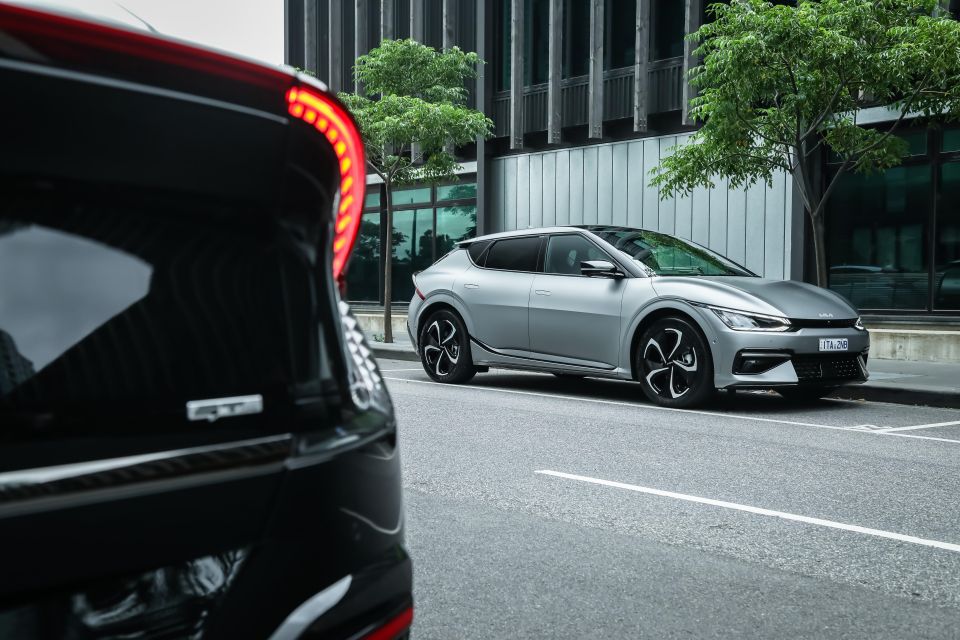
The EV6 a strong statement from Kia, and bodes well for the huge range of electric cars it plans to build on the same platform.
As a brand flagship, it ticks all the boxes. It looks great in person, has an interesting interior with technology that will trickle down through the wider range, and offers impressive performance.
Although it shares its e-GMP underpinnings with the Hyundai Ioniq 5, the EV6 is far from a reskin. It has a character all of its own, and is the better drive between the Korean electric twins. Throw in its relatively sharp pricing, and it’s clear Kia has a good thing on its hands.
Of the three-model range, the rear-wheel drive GT-Line is shapes up as the smart pick… at least, until the supercar-bothering EV6 GT arrives in Australia later in 2022 or early in 2023.
It’s a shame Kia isn’t sending more cars in Australia. Demand is already dramatically outstripping supply, and interest in the EV6 is only going to grow as cars start landing in local driveways. Good news spreads fast, after all.
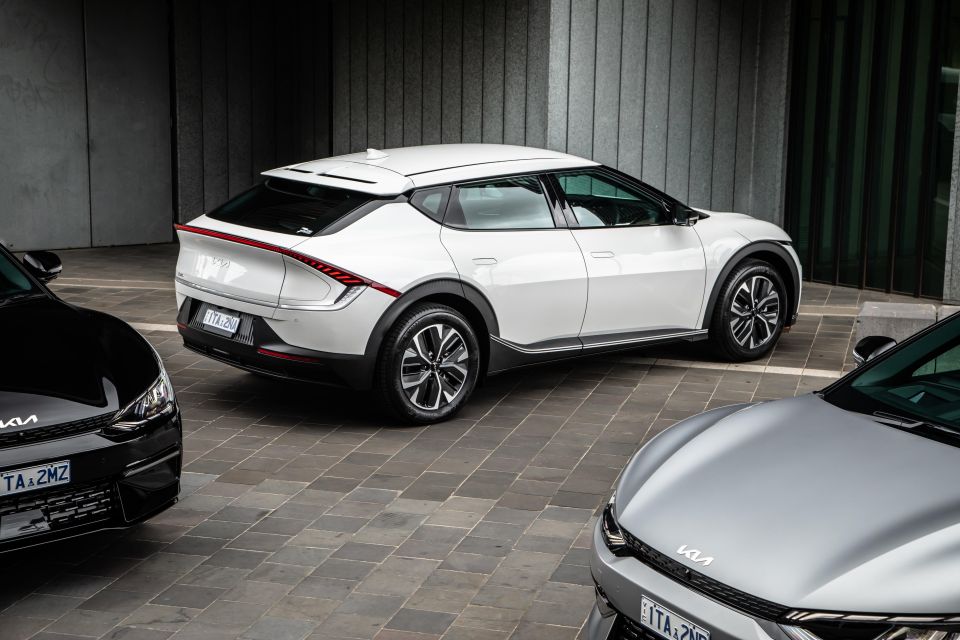
Click the images for the full gallery
MORE: Everything Kia EV6
Where expert car reviews meet expert car buying – CarExpert gives you trusted advice, personalised service and real savings on your next new car.
Scott Collie is an automotive journalist based in Melbourne, Australia. Scott studied journalism at RMIT University and, after a lifelong obsession with everything automotive, started covering the car industry shortly afterwards. He has a passion for travel, and is an avid Melbourne Demons supporter.


Max Davies
5 Days Ago
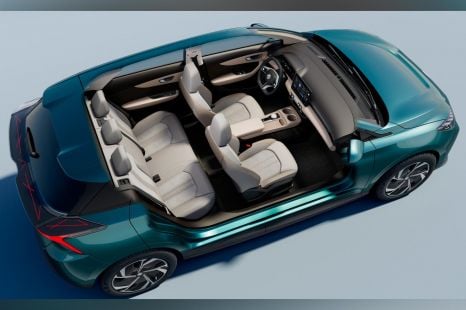

William Stopford
5 Days Ago
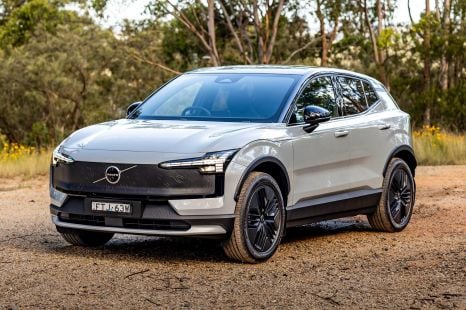

Matt Campbell
7 Days Ago
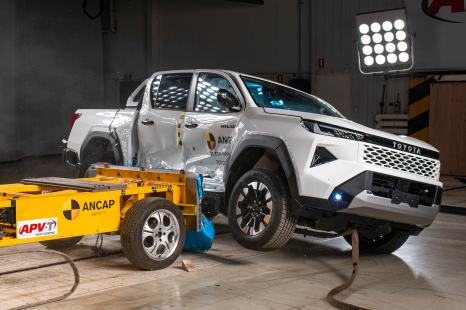

William Stopford
10 Days Ago
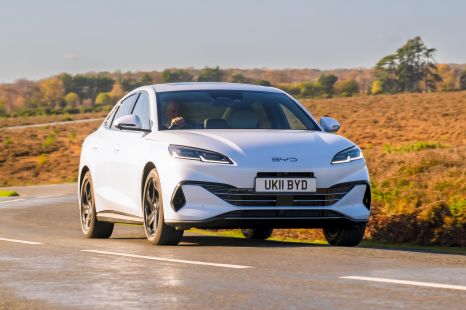

Matt Robinson
14 Days Ago
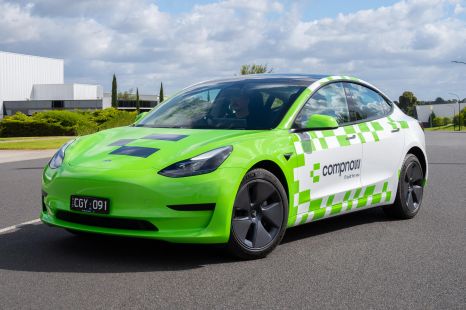

CarExpert.com.au
17 Days Ago